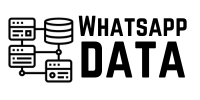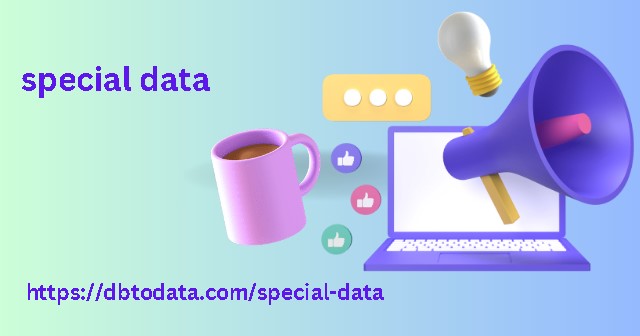The second is that, as we said, this hyper-orientation to the session no longer exists. How is this reflected? Well, for example, whenever we see a calculated piece of data, we will see it first at the User level rather than at the Session level. And even the data that does exist at the session level, we always see it in both versions (User and Session).
And this is logical
In digital analytics there are mainly three areas: Hits (Events, Pageviews, etc.), Sessions and Users. All three are extremely useful and all three should be used, not just the session. I would even say that for not allowing you to work well in the other two areas.
You decide which area to work in
Who says that the session is your area? Google Analytics, at least now, no longer limits you. You can stay in the session if you want. But you can also move to other perspectives, making your analysis richer. The problem is that we have been analyzing facebook database sessions for so many years that everything else becomes complicated.
To recap These two points
which are quite understandable separately, take us together to that disorienting effect that veteran users feel when moving around GA4: Where is the but a rudderless ship adrift in a data I was looking at before?
The streetlight effect see explanation
Tells us that people tend to look where they are comfortable and do not require any effort (“that’s where the light is”). That makes you perceive when you enter GA4 that the session is not there. That the user is not there either. That there are no conversions. That everything is a tangle of unconnected data. I have no light except in the basic metrics.
And that’s the reality
I’ve always used the same example when comparing tg data GA3 (GAU) with GA4. GA3 was buying a toy car, taking it out of the box and playing with it. GA4 is buying a Lego toy car. You’ll take it out of the box and you’ll have to put it together.

